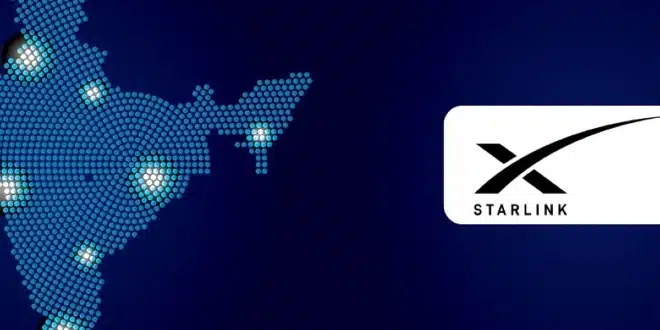Elon Musk’s satellite internet venture, Starlink, has secured a pivotal license from India’s Department of Telecommunications (DoT), advancing its efforts to provide satellite-based broadband services across the country. This development positions Starlink as the third operator, following Eutelsat’s OneWeb and Reliance Jio, to receive such authorization in India.
The license, known as the Global Mobile Personal Communication by Satellite (GMPCS) permit, marks a significant step for Starlink, which has been pursuing entry into the Indian market since 2022. Despite this progress, the company must still obtain additional clearances, including approval from the Indian National Space Promotion and Authorization Center (IN-SPACe), secure spectrum allocations, establish ground infrastructure, and comply with stringent security protocols mandated by Indian authorities. These processes are anticipated to span several months.
Strategic Partnerships and Market Dynamics
In anticipation of its service launch, Starlink has formed distribution agreements with major Indian telecom operators, Reliance Jio and Bharti Airtel, to retail its equipment. These partnerships are noteworthy, given that both companies are also competitors in the broadband market. The Indian telecom regulator has proposed a 4% annual revenue fee for satellite service providers, a rate that has drawn criticism from domestic firms concerned about maintaining competitive parity. The government has aligned with Starlink’s position favoring administrative spectrum allocation over auctions, a stance that has been a point of contention among industry stakeholders.
Starlink’s entry into the Indian market holds the potential to significantly enhance internet connectivity, particularly in remote and underserved regions where traditional infrastructure is lacking. The satellite internet market in India is projected to reach $1.9 billion by 2030, attracting interest from global players, including Amazon’s Kuiper, which is still awaiting regulatory approval. Starlink’s expansion aligns with broader efforts to bridge the digital divide and improve access to high-speed internet across the country.


